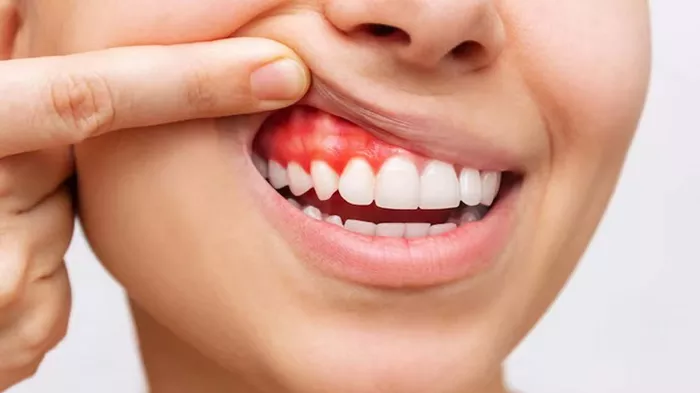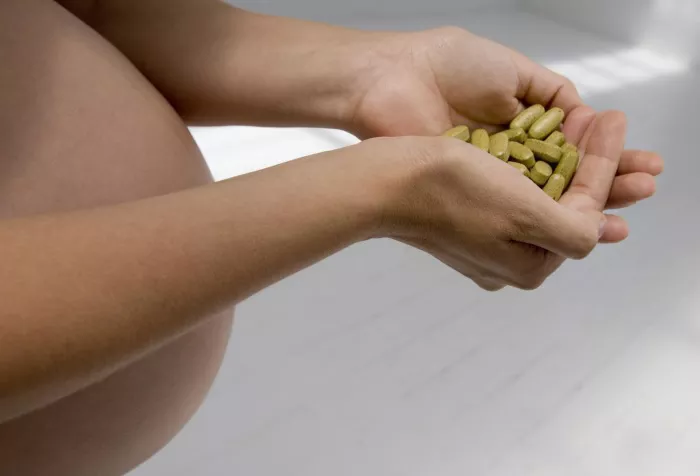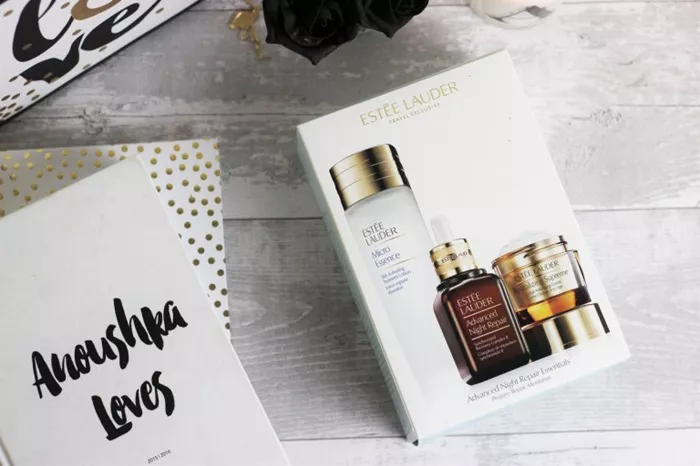Scars are a common outcome of the body’s healing process following an injury, surgery, or skin condition. While some scars fade over time and become barely noticeable, others can remain prominent and cause discomfort, both physically and emotionally. Scar formation is a natural part of the skin’s ability to repair itself, but when scars are raised, depressed, or discolored, they can present a challenge in terms of both aesthetics and function. For individuals seeking to minimize or eliminate scars, understanding the best treatment options is essential.
In this article, we will explore various treatments for scars, providing insights into the most effective methods based on the type of scar, the location of the scar, and other individual factors. From over-the-counter products to professional treatments, we will cover the full spectrum of scar treatments and offer guidance on choosing the right approach for your specific needs.
Understanding Scars and Their Formation
Before diving into the best scar treatments, it’s important to understand how scars form. When the skin is injured—whether from a cut, burn, acne, surgery, or other trauma—the body begins a complex healing process. During this process, the body produces collagen to repair the damaged tissue. However, this collagen formation can result in a scar, which may appear as a raised, depressed, or discolored area on the skin, depending on the severity of the injury and the body’s healing response.
There are several different types of scars, each requiring different treatments for optimal results. The most common types include hypertrophic scars, keloid scars, atrophic scars, and contracture scars. Understanding which type of scar you are dealing with will help determine the most effective treatment options.
Types of Scars
1. Hypertrophic Scars
Hypertrophic scars are raised scars that form when the body produces an excess of collagen during the healing process. These scars stay within the boundaries of the original wound but can become thick and red. While hypertrophic scars often improve over time, they can still cause discomfort and may not fully fade without intervention.
2. Keloid Scars
Keloids are similar to hypertrophic scars but are even more prominent and tend to extend beyond the original wound. Keloid scars are more likely to form in individuals with darker skin tones and can be significantly larger than the original wound. Keloids are caused by an overproduction of collagen during healing, and they can continue to grow even after the wound has closed.
3. Atrophic Scars
Atrophic scars are sunken or pitted scars that form when the skin loses tissue during the healing process. These scars are commonly seen in individuals with acne, chickenpox, or severe burns. Atrophic scars are difficult to treat because they involve a loss of skin tissue, and the skin’s surface may be uneven.
4. Contracture Scars
Contracture scars are often the result of burns, particularly severe burns that affect a large area of the skin. These scars form when the skin tightens and pulls together during the healing process, which can lead to restricted movement, especially if the scar forms over joints or other flexible areas of the body.
Scar Treatments: Over-the-Counter Solutions
The most effective scar treatment will depend on the type of scar and its severity. For mild to moderate scars, there are several over-the-counter treatments that can help reduce the appearance of scars. These treatments are widely available and can be a good starting point for individuals looking to improve the appearance of their scars without the need for professional intervention.
1. Silicone Gel Sheets and Silicone Gels
Silicone-based treatments are one of the most recommended options for scar management. Silicone gel sheets and silicone gels are effective for reducing the appearance of scars, particularly hypertrophic and keloid scars. These treatments work by creating a protective barrier over the scar, which helps retain moisture and promotes collagen production. Silicone has been shown to reduce redness, flatten raised scars, and improve the texture of the skin.
These products are typically worn over the scar for several hours each day and may need to be used for several months to achieve noticeable results. Silicone gel sheets are easy to apply and can be worn discreetly under clothing, making them a convenient option for scar treatment.
2. Scar Creams and Ointments
There are numerous scar creams and ointments available that claim to help improve the appearance of scars. Many of these products contain ingredients like vitamin E, onion extract, aloe vera, and other natural ingredients known for their skin-healing properties. While these treatments can be helpful for minor scars or as complementary treatments for more severe scars, their effectiveness may vary.
Vitamin E is one of the most common ingredients in over-the-counter scar treatments, and while it has been shown to improve skin healing, research on its ability to prevent or reduce scarring is mixed. For best results, these creams should be applied regularly to the scar site over a period of several weeks.
3. Hydrocortisone Creams
Hydrocortisone creams are commonly used to reduce inflammation and redness in the early stages of scar formation. These creams can help manage hypertrophic scars by preventing the scar from becoming too raised or thick. However, hydrocortisone should only be used for short periods and under the guidance of a healthcare professional, as prolonged use can lead to thinning of the skin and other side effects.
4. Pressure Garments
Pressure garments are specially designed clothing items that apply consistent pressure to the skin. These garments are typically used for the treatment of burn scars or other large scars that involve significant skin tightening. The pressure helps flatten and soften the scar tissue over time. Pressure garments are most effective when worn for long periods, such as several months, and are often recommended for individuals recovering from serious burns or surgical procedures.
Professional Treatments for Scar Removal
While over-the-counter treatments can help improve the appearance of scars, more advanced methods may be necessary for individuals with more severe or stubborn scars. In such cases, professional treatments can provide more significant and lasting results. These treatments are typically performed by dermatologists, plastic surgeons, or other qualified medical professionals.
1. Laser Therapy
Laser therapy is one of the most effective treatments for reducing the appearance of scars, particularly those that are raised or discolored. There are different types of lasers used for scar treatment, including fractional lasers and ablative lasers. These lasers work by targeting the scar tissue with focused light, which helps to break down the scar tissue and stimulate the production of new, healthy skin cells.
Laser therapy can be used to treat a variety of scars, including hypertrophic, keloid, and acne scars. It can help flatten raised scars, reduce redness, and improve the overall texture of the skin. Multiple sessions are often required for optimal results, and the treatment can cause temporary discomfort and redness.
2. Microneedling
Microneedling is a minimally invasive procedure that involves using a device with tiny needles to create controlled micro-injuries in the skin. These micro-injuries help stimulate the skin’s natural healing process and promote collagen production, which can improve the appearance of scars, particularly atrophic or pitted scars. Microneedling is often used in conjunction with topical treatments to enhance their effectiveness.
Microneedling can be used on a variety of scars, including those caused by acne, surgery, or burns. The procedure may require several sessions to achieve significant improvement, and there is typically a brief recovery period during which the skin may appear red or slightly irritated.
3. Chemical Peels
Chemical peels involve the application of a chemical solution to the skin, which causes the top layer of skin to exfoliate and peel away. This process helps to improve the appearance of scars, particularly atrophic scars, by encouraging the regeneration of new skin cells. Chemical peels can also help with pigmentation issues and uneven skin tone, making them a popular treatment for acne scars and other skin blemishes.
Chemical peels vary in strength, with superficial peels requiring little to no downtime and deeper peels requiring longer recovery periods. The appropriate type of peel will depend on the severity and type of scars being treated.
4. Surgical Scar Revision
For individuals with severe or disfiguring scars, surgical scar revision may be necessary. This procedure involves removing the scar tissue and carefully closing the wound to minimize the appearance of the scar. Scar revision surgery can be particularly useful for large scars, contracture scars, or keloid scars that have not responded to other treatments.
Surgical scar revision requires careful planning and execution, as improper technique can result in a more noticeable scar. The goal of the surgery is to create a new scar that is less visible and more aesthetically pleasing. While surgical revision can provide significant improvement, it may not completely eliminate the scar, and further treatments may be required.
Choosing the Best Scar Treatment for You
The best scar treatment will depend on several factors, including the type of scar, its location, the individual’s skin type, and their overall health. For minor scars, over-the-counter treatments like silicone gel sheets, creams, and ointments may be sufficient. However, for more severe or persistent scars, professional treatments such as laser therapy, microneedling, and chemical peels may be necessary.
It’s important to consult with a healthcare professional or dermatologist to determine the most appropriate treatment for your specific scar. They can assess the scar’s size, type, and location, and help you choose the most effective method for reducing its appearance. With the right treatment plan and patience, it is possible to minimize or even eliminate scars and restore the skin to its natural, smooth appearance.
Conclusion
Scars are a natural part of the healing process, but for many individuals, they can be an unwelcome reminder of past injuries, surgeries, or skin conditions. While some scars fade with time, others require more active treatment to minimize their appearance. The best scar treatment will depend on the type and severity of the scar, as well as the individual’s unique needs.
From over-the-counter options like silicone gel sheets and creams to advanced professional treatments like laser therapy and microneedling, there are a variety of approaches available for managing scars. By understanding the different types of scars and treatment options, individuals can make informed decisions about how to effectively treat and reduce the appearance of their scars, leading to smoother and healthier-looking skin.
Related Topics































